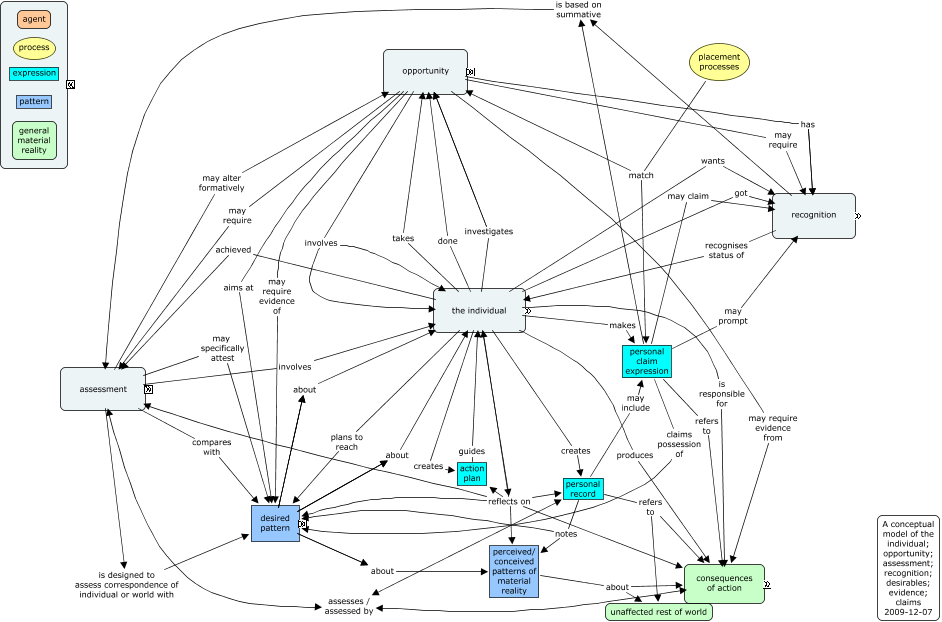The Scottish e-portfolio scene seems to have comparatively many colleges, many of which use or are interested in Mahara. It may be even more promising than England for exploring company e-portfolio use, and we should try to ensure Scots are represented in any work on skills frameworks for e-portfolio tools.
That was the most interesting conclusion for me in a generally interesting day conference, e-Portfolio Scotland at Queen Margaret University on Friday (2010-09-10). I was given a plenary spot about Leap2A, and the audience responded well to my participative overtures — which is where I gathered this valuable information — and asked some intelligent questions. Mahara and PebblePad are well used, with Blackboard’s offering less so. Reassuringly, Leap2A came up in the presentations / demonstrations of Mahara and PebblePad, and in the final plenary by Gordon Joyes, so the audience would not be doubt about how central Leap2A is. (We just have to carry on following through and delivering!)
It was interesting to meet so many new faces. Apart from Gordon, there was Derrin Kent, and Susi Peacock on her home ground, but I didn’t know any of the others well. There seemed to be a roughly even split between HE and FE, with a very few from professions and schools. Perhaps I ought to spend more e-portfolio time in Scotland…
The vendors present included Calibrand, who I first met at the EIfEL conference this summer, and Taskstream, who have been represented in many e-portfolio conferences over several years. I suggested to the latter that they really need to take on Leap2A to get more into the UK market. A Manchester-based company, OneFile, sells a “Portfolio Assessment Solution” that I had not come across at all before, and their location has obvious potential for future discussion. But perhaps the most interesting vendor there, also giving a presentation, was Linda Steedman, MD of eCom Scotland. Their company has got beyond being a micro-business and offers an “Enterprise Skills Management” tool called SkillsLocker. I was impressed by her presentation, ranging across accreditation of prior learning, work-based learning, and what is now fashionably called “talent management” rather than HR. It seems they are well-connected, with AlphaPlus among others; also that they have done some valuable work cross mapping different skill definitions — I intend to follow this up.
Though perhaps not quite so central to JISC as those working in the HE sector, we still need to find some way of supporting the adoption of Leap2A-friendly portfolio tools in such commercially-based concerns. Work- and skills-based learning and training is a natural successor to HE-based PDP and skills development, and we really need to link in to it to make HE portfolio use more universally motivating.
One big remaining challenge was broadly acknowledged: dealing with these skill and competence representation issues that we do have on our agenda. The vision I was putting around, with no dissenting voices, was to decouple portfolio tools from any particular skills framework, and to have the frameworks published with proper URIs (in good Linked Data style). Then any tool should be able to work with any skills framework, and Leap2A information would include the relevant URIs. Though there remains the problem with HE that they tend to define skills at a different level to industry demands, FE is comparatively much closer to their employers, and they have common reference points in National Occupational Standards. So, among other things, any help we can get to persuade Sector Skills Councils to give proper URIs and structure to their NOSs will be most welcome, and maybe the Scottish e-portfolio community can help with this, and with defining the needed structures?

